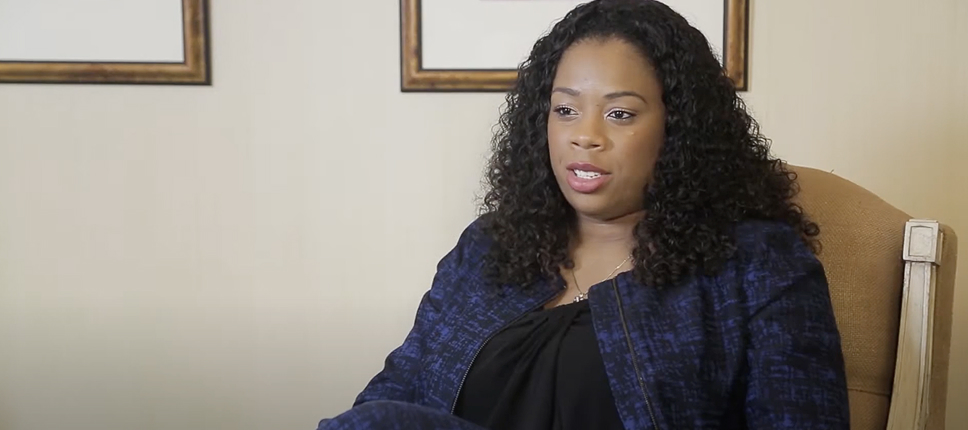Posted in Personal Injury Lawyer
In a previous post, we covered the first part of the Washington D.C. Jury Instructions on Negligence, up to instruction 5.06.
In today’s post, we’ll be covering the remainder of the instructions.
Sections 5.07 and 5.08 discuss children. The jury is told that if a child is present or his presence is reasonably foreseeable, a reasonable person will use greater care. The person also must anticipate the child’s behavior, as “children cannot and do not use the same degree of care for their own safety as adults…they are often thoughtless and impulsive .” Further, a child does not have to live up to the same “standard of conduct” as an adult; the child, however, does need to exercise the degree of care that is “exercised by children of similar age, education and experience under the circumstances.” The jury is told to ask “did the child exercise reasonable care in light of one’s age, education, and training?”
of similar age, education and experience under the circumstances.” The jury is told to ask “did the child exercise reasonable care in light of one’s age, education, and training?”
The instructions move on to discuss negligence per se and res ipsa loquitur. Negligence per se means an act is considered negligent if it violates a statute or regulation (like drunk driving). Res ipsa loquitur means that the fact that an accident occurred is enough to prove negligence, if the jury finds that (1) accidents like the one that happened do not ordinarily occur unless someone is negligent (2) the accident was caused by something that only the defendant controlled and (3) the plaintiff did not contribute to the accident by any voluntary action.
The next section defines cause: the plaintiff must prove that it “is more likely than not” that the actions (or failure to act) caused the harm.
In an accident, there may be more than one cause of harm. The defendant can still be responsible, but the jury is told to determine whether or not some other occurrence may have been an “intervening cause of harm.” Let’s say you were in two car accidents – one on February 1st, and one on April 1st. The party that hit you was different. Injuries and damages that you rightfully deserve from the April 1st accident will not be included in negotiations for the first.
Moving forward with the instructions, section 5.15 discusses contributory negligence. Contributory negligence means that if the plaintiff is at all negligent, then he or she cannot recover damages. To show that plaintiff was contributorily negligent, the defendant must prove that “it is more likely than not” that both (1) the plaintiff was negligent and (2) the negligence caused the harm. Unreasonable conduct includes the plaintiff intentionally or unreasonably exposing himself or herself to a danger that he or she knows or has a reason to know about.
In a case where both the parent and child are seeking separate damages for the child’s harm and the child’s behavior amounted to contributory negligence, then neither party can be awarded damages. If only the parent’s behavior amounts to contributory negligence, the parent cannot receive damages, but the child can.
The jury may find that the plaintiff assumed the risk of harm if it is proven by a “preponderance of the evidence” that (1) the plaintiff knew and understood the full scope and magnitude of the danger arising from the defendant’s conduct and (2) the plaintiff voluntarily exposed himself to any dangers arising from the defendant’s conduct. If the defendant’s conduct forced the plaintiff into a position which left him or her with no reasonable choice than to act in the way he did, the plaintiff will not be considered to have assumed the risk of harm.
Section 5.18 details the last clear chance doctrine, which was developed as an exception to contributory negligence. If the plaintiff was contributorily negligent, the jury is told they can find for the plaintiff if the plaintiff and defendant both contributed to the accident, but the plaintiff was either unaware of, or unable to remove himself from the position of danger. Or, if the defendant had the last clear chance to avoid harming the plaintiff, the jury may find for the plaintiff.
Finally, the jury is told that just because there was an accident does mean there was negligence. The law assumes that each party used reasonable care. The burden of proof is on the party alleging negligence – the plaintiff must prove that it is more likely than not that the negligence caused the accident.
If you or a loved one has been injured due to negligence, the experienced attorneys at Cohen & Cohen can help get you the compensation you deserve. Call us today for a free case evaluation.































